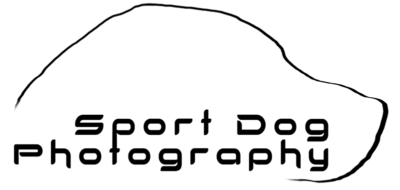What started as a “hey can you test out this film camera I just bought” a few months ago, as turned into a new hobby/experiment in my photography venture. After putting a roll through that Olympus SLR, I was immediately drawn back in to the world that got me started. I could list pages of reasons why digital imaging is so much better than film, but there is something pure about shooting a completely manual camera, and not having the luxury of instant gratification.
This post is part 1 because it would take way too long to do this in one post. Some of this series will be just my verbal processing of what I have (re)learned, and some parts will be my thoughts on digital vs. film photography in general.

For this test shoot, I was using the Olympus OM-2. This was my first time shooting an Olympus camera, and it was like no other camera I have shot. The shutter speed, aperture, and focus were all on the lens. It was actually quite difficult to manage all three of those things on a small 50mm lens. It also forced me to mentally recollect my manual stop numbers. I will admit, that I have gotten lazy in the past few years.
I think these fundamentals are good for any photographer to know, but digital cameras make it way too easy for us to just spin dials till we get the right exposure. This aspect in itself is part of the reason that I have decided to keep shooting film. Mental sharpness behind the lens. I have told many people that if they really want to get into photography, they need to learn the basics. In fact, I personally don’t think you can call yourself a photographer and not know them. The exposure triangle, as it is known, is the very foundation for getting the proper shot. I will expound on this later. Back to the subject at hand.
It was a fun and challenging process, but I was fairly pleased with the results. I did not post process any of these shots. They are only scanned to digital. This will be be the case for every post in this series.

![The Film Project Part 1 What started as a “hey can you test out this film camera I just bought” a few months ago, as turned into a new hobby/experiment in my photography venture. After putting a roll through that Olympus SLR, I was immediately drawn back in to the world that got me started. I could list pages of […]](https://sportdogphoto.com/wp-content/uploads/2017/02/olympus-om2-800px-750x500.jpg)

















![The Gear Bag As do most photographers, I often get asked about my camera equipment. You know, the usuals; How far does that thing zoom in? How much does that cost? I’m thinking of getting a new camera, what should I get? How good of pictures does that thing take?…and the like. Well, as do most other photographers, […]](https://sportdogphoto.com/wp-content/uploads/2017/02/elan.jpg)


![Ultimate Air Dogs…Photography Lesson Learned While attending Outdoorama this weekend, I couldn’t pass up the opportunity to grab some shots at the Ultimate Air Dogs competition. Of course I wasn’t the only photog there, because, who doesn’t want to get shots of dogs jumping into water, right? Well, I had to learn my lesson the hard way, but I am not set […]](https://sportdogphoto.com/wp-content/uploads/2017/02/Mya-15-e1488137605558-750x500.jpg)